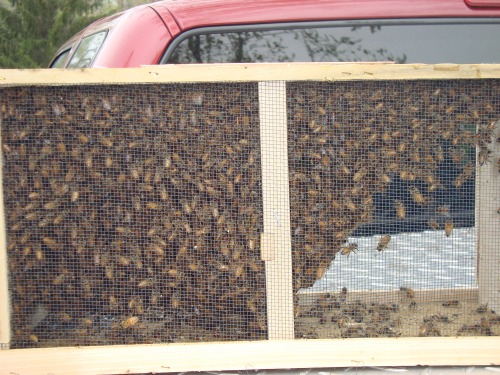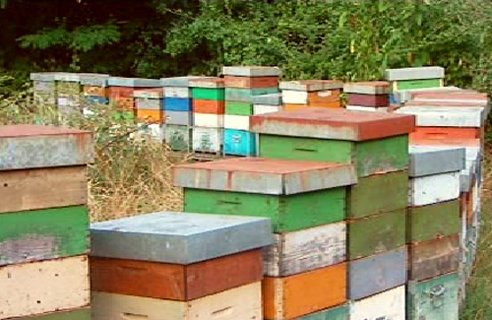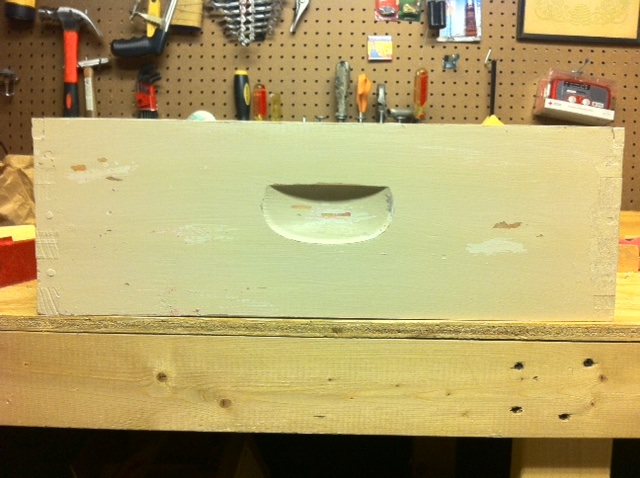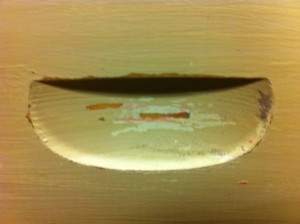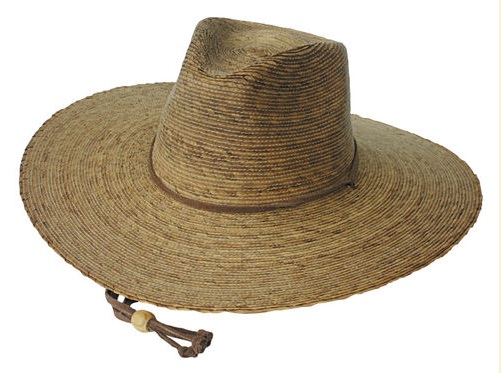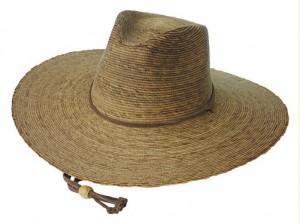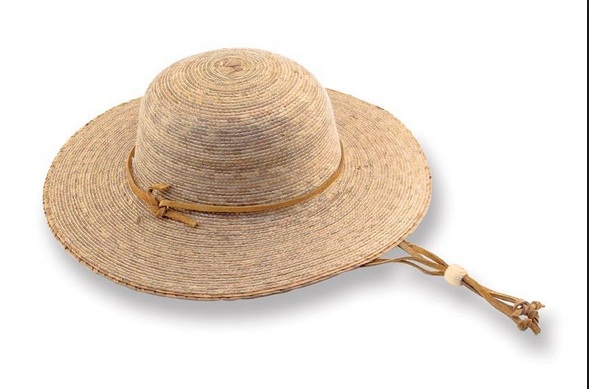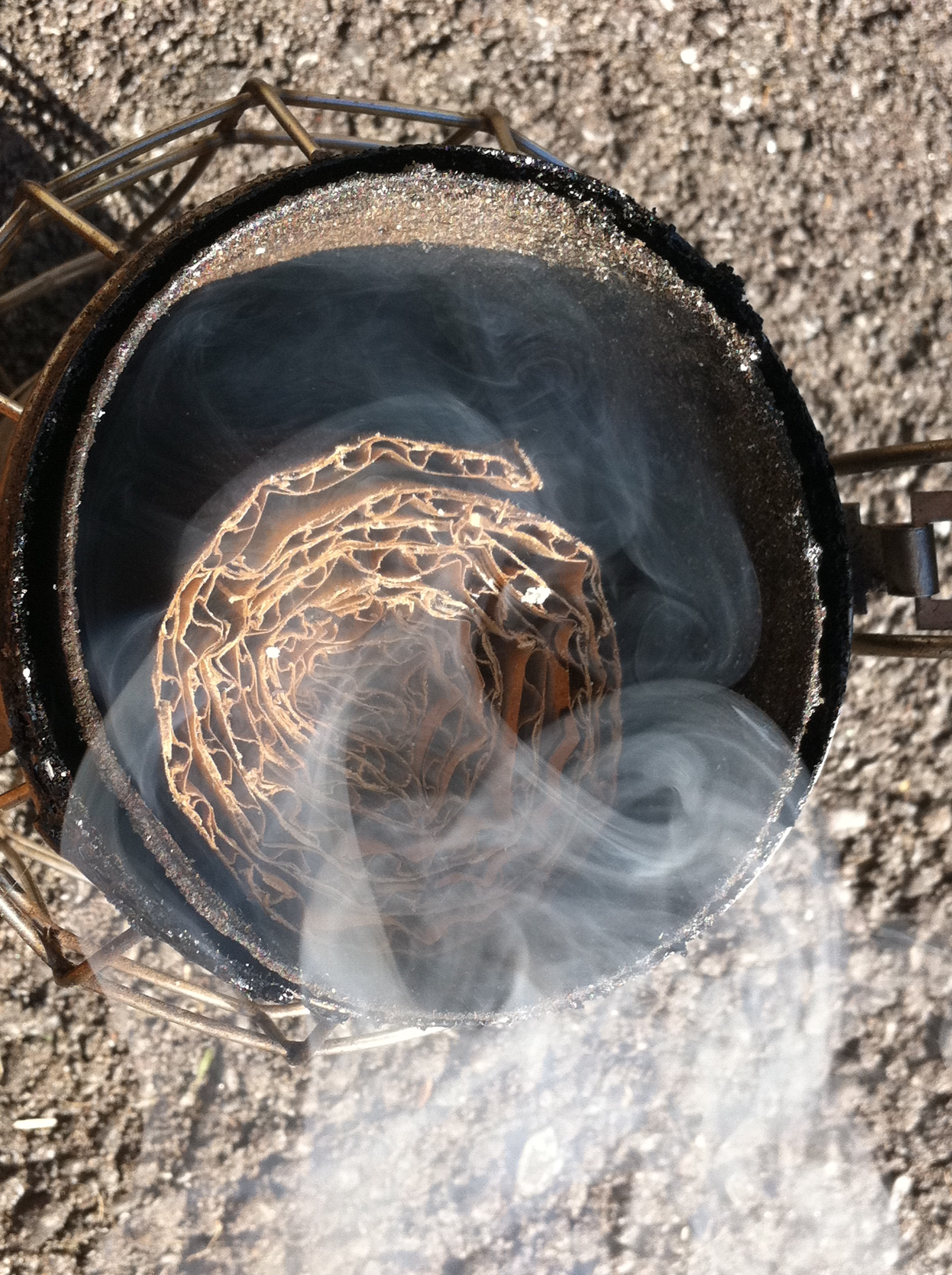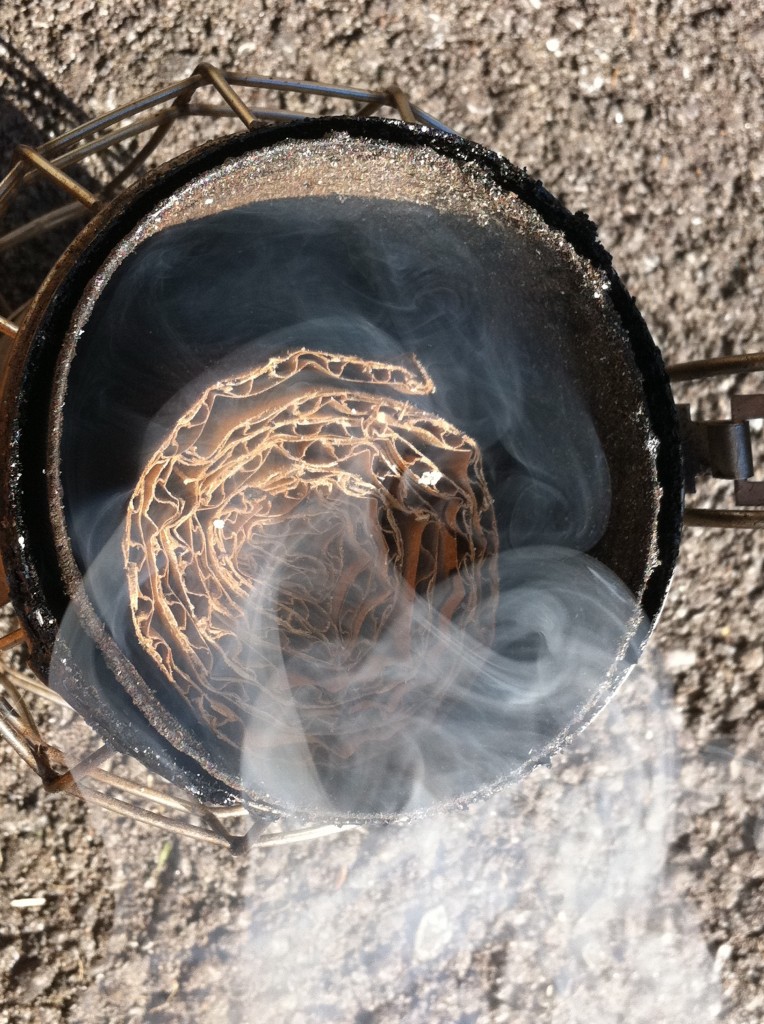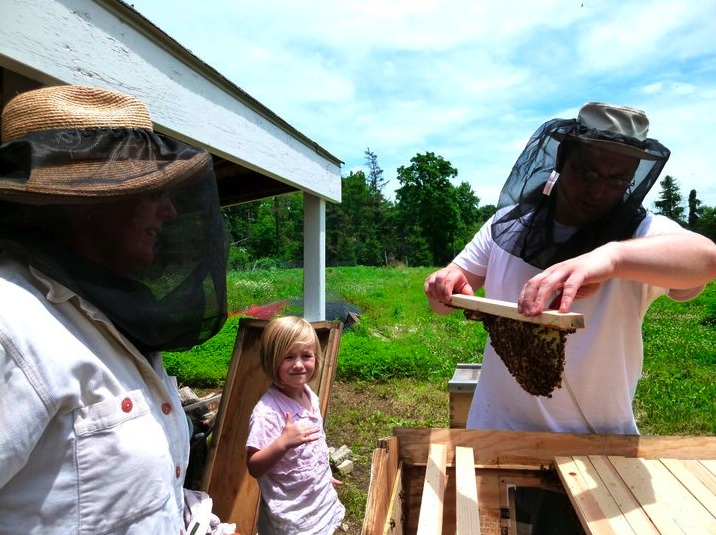
Once you’ve decided to keep bees, you’ll need to determine what kind of hive boxes they’ll live in.
Until recently, there weren’t many viable options in this department. Most people simply kept bees in those stackable white boxes—you know the ones. Those hives are called Langstroth hives…named after Reverend Lorenzo Lorraine Langstroth who designed the moveable-frame hive (and who, by the way, lived and kept his bees about 50 miles from where I write this and where I earned my undergraduate degree at Miami University in Oxford, Ohio).
Langstroth hives are designed with honey production in mind. Big honey production. They are not designed for women or small people or people who are aging or people who have bad backs or for people who will ever age or ever have bad backs or who will ever lose strength and agility.
Langstroth hives require strength to maneuver. And maneuvering is required. If you aren’t a particularly strong or agile person, or if you have physical limitations such as shortness (I’m not tall), you may need to enlist the help of another person when you inspect your bees. Having said that, most of my hives are Langstroth hives. And when I began keeping bees, I didn’t know there were choices. Knowing what I know now…if I were keeping bees only in my own back yard, I would not keep my bees in Langs.
If honey production is your goal (in other words, if you plan to have enough honey to satisfy yourself, your family, your friends, your neighbors, and still have honey to sell), or if you keep your hives in locations you can’t visit each week, then Langstroth hives are probably your best bet. If this is the case, then for many reasons I STRONGLY suggest you follow Michael Bush’s practice of running all medium depth, 8-frame equipment. That’s what I do (it’s not how I began, and shifting to this system took some work…but it was worth it). Read about the benefits of standardizing 8-frame, medium-depth equipment on Michael Bush’s website. I think he’s brilliant, creative, and practical…and I follow his advice.
This is not intended to be an exhaustive explanation of Langstroth hives. This is a primer. Read other sources to learn more.
My next post will address Top Bar Hives…which is the hive I currently recommend for those
- who wish to keep a hive or two in their yards,
- who have time to visit the hives once a week for 30 minutes or so,
- who are satisfied with honey for themselves and a few friends
- who have physical limitations
- who are older
- who may one day have back trouble
- who live in an urban space
- who wish to keep their hives low profile and understated
- who march to the beat of a different drummer


